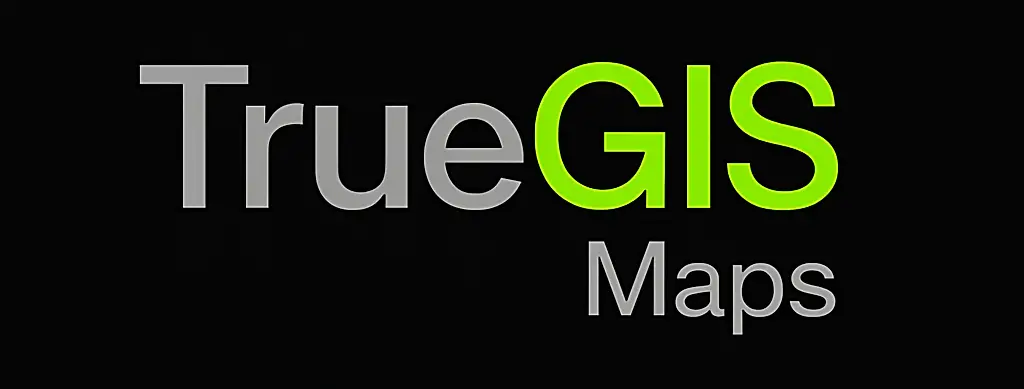Leaflet vs OpenLayers in 2025: Which Should You Use?
Both Leaflet and OpenLayers (OL) are proven, production-grade web mapping libraries. Your choice depends on data size, rendering needs, and projection/format support.
When Leaflet shines
- Small to moderate datasets (GeoJSON, raster tiles).
- Simple basemap + marker/overlay UX with minimal code.
- Huge plugin ecosystem and quick onboarding.
When OpenLayers shines
- Large or complex vector layers, interactive styling, and advanced controls.
- Projection handling and mixed source types (WMTS/WMS/XYZ, vector tiles, geo-services).
- Higher performance for dense features and dynamic styling.
Vector tiles, styling, and performance
Leaflet can display vector tiles via plugins, while OL offers robust first-party support and powerful style expressions. For thousands of features with frequent style changes, OL typically yields smoother interaction.
Developer ergonomics
- Leaflet: concise API, great for beginners and simple apps.
- OpenLayers: more configuration upfront; pays off on complex maps.
So… which should I pick?
- Choose Leaflet for quick, lightweight mapping and straightforward overlays.
- Choose OpenLayers if you need performance, styling depth, or mixed services and projections.
TrueGIS itself uses a modern OL stack for drawing, styling, and precise printing. Open TrueGIS to try drawing features and making a scaled print in your browser.
